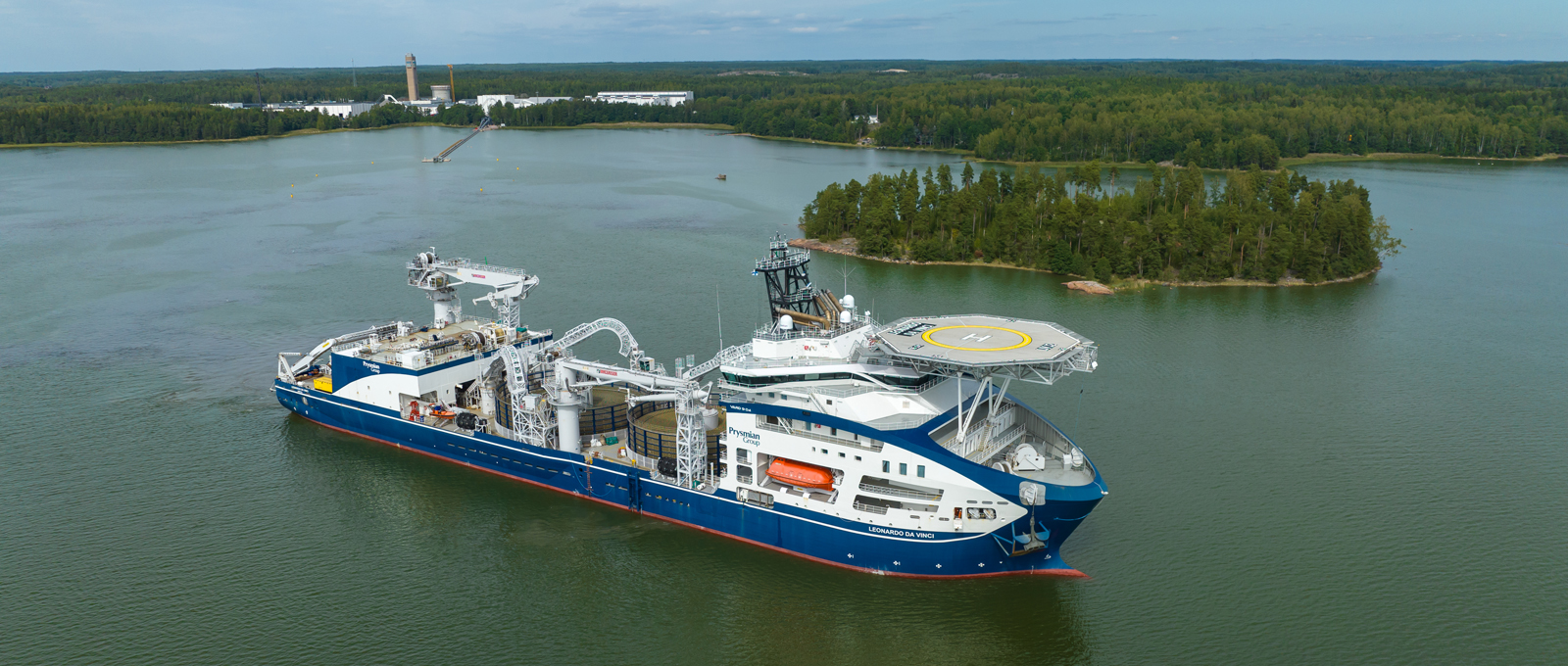In the Mediterranean area, the company already announced an investment of more than €80m to expand its Arco Felice centre of excellence for the production of submarine cable in Naples, Italy, especially in view of the Tyrrhenian Link interconnection. Prysmian is also aiming to double capacity at its Gron plant in France, which produces high-voltage direct current (HVDC) land cables. The expansion will add an additional 600 km of capacity for underground cables, making it the largest factory of its kind in Europe. Meanwhile in the U.S., Prysmian wants to confirm its positioning by preparing to build the Brayton Point submarine cable plant in Massachusetts which has been designed to support the North American market.
Prysmian is also aiming to double capacity at its Gron plant in France, which produces high-voltage direct current (HVDC) land cables. The expansion will add an additional 600 km of capacity for underground cables, making it the largest factory of its kind in Europe.
Meanwhile in the U.S., Prysmian wants to confirm its positioning by preparing to build the Brayton Point submarine cable plant in Massachusetts which has been designed to support the North American market.
“What we are doing now to support the energy transition is really extensive. It is demanding, it is challenging, and it is really a reshaping of the cable industry arena”






